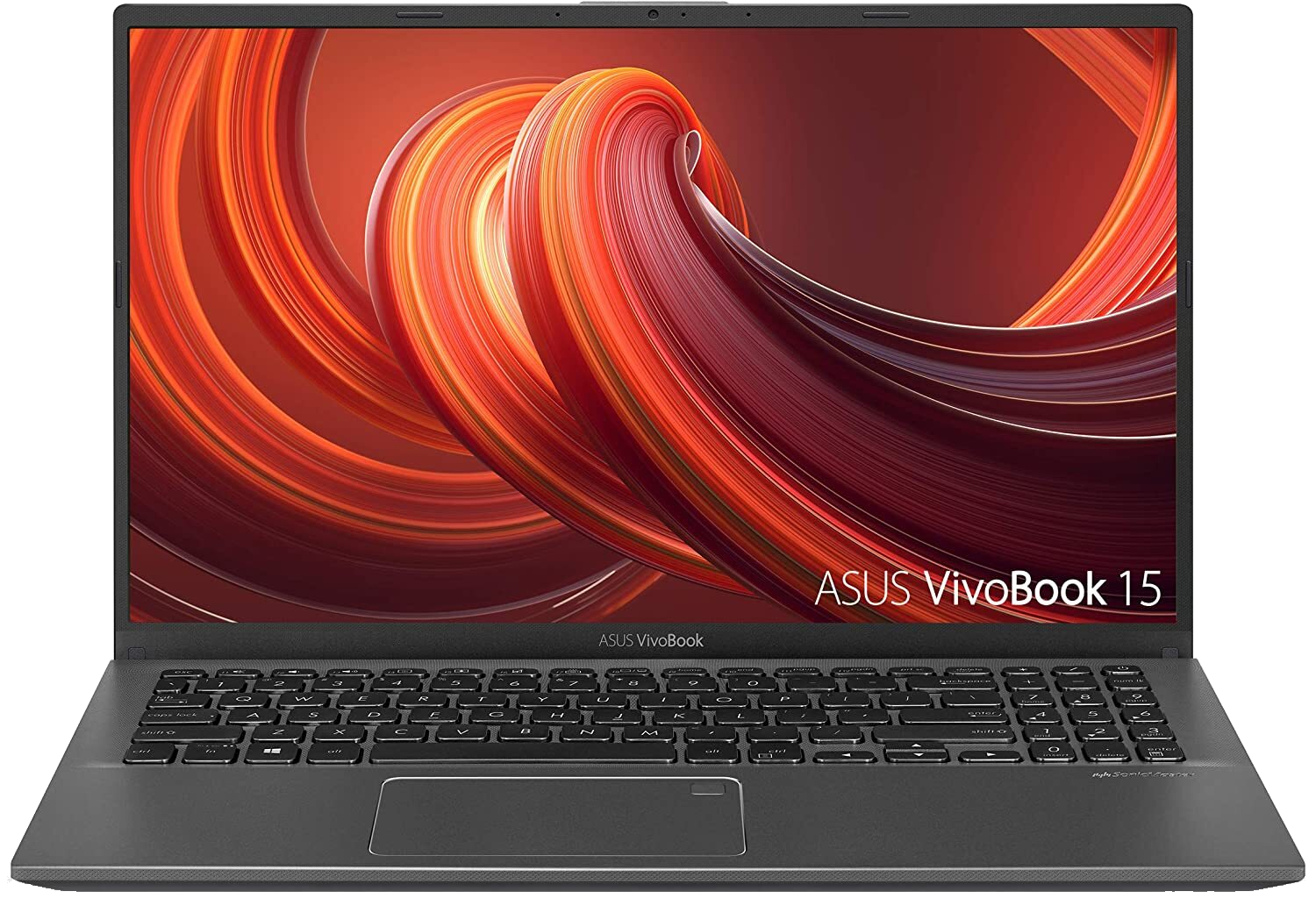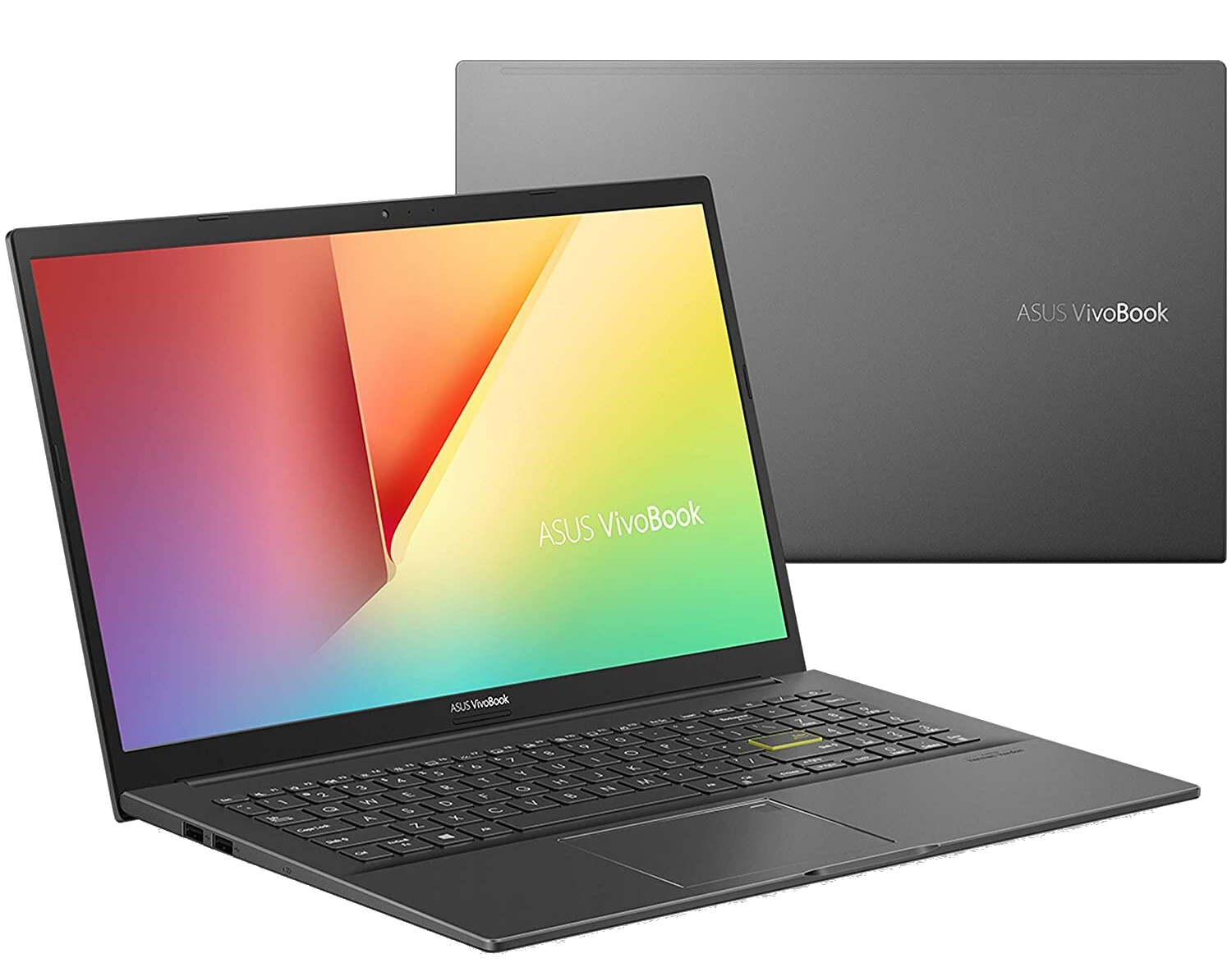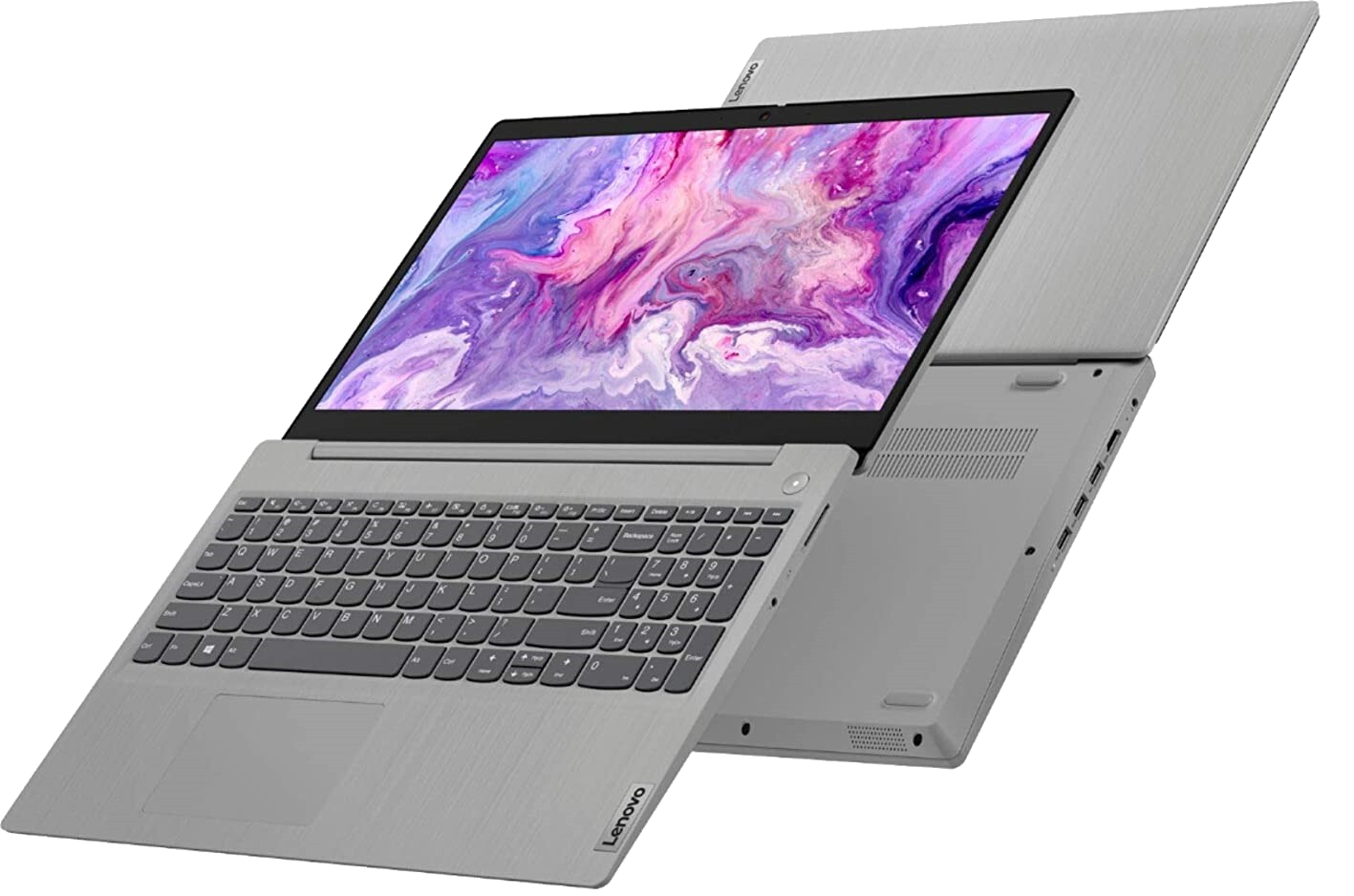ASUS VivoBook 15 vs. Lenovo IdeaPad 3: Which should you buy?


Highly configurable
If you're looking for a wide range of specs to choose from, the ASUS VivoBook 15 will be the best device for you. It has a ton of powerful options to choose from and also has Wi-Fi 6 available, but the laptop's mediocre battery life will bother some. The inclusion of the aging Bluetooth 4.2 on budget models is also rather disappointing.
Pros
- Powerful CPU and GPU options
- More RAM available
- Wi-Fi 6 is available
- Has a fingerprint reader
Cons
- Disappointing battery life
- Some models have outdated Bluetooth 4.2
- No SD card reader
- No touchscreen

Best battery
The Lenovo IdeaPad 3 is the better choice for people who need all-day battery life, as it's capable of eight hours on a full charge. It also has a touchscreen for added flexibility as well as an SD card reader that you can use to add extra storage if needed. The device doesn't have as many spec options as the ASUS VivoBook 15, though, and doesn't have Wi-Fi 6 as an option either.
Pros
- Reliable overall performance
- Better battery life
- Has an SD card reader
- Has a touchscreen
Cons
- Fewer CPU and GPU options
- Less RAM available
- No Wi-Fi 6 option
- No fingerprint reader
Ultimately, the ASUS VivoBook 15 will appeal more to people who like having a wide range of great specs to choose from, people who want to make use of Windows Hello biometrics, and people that don't mind having to deal with an older Bluetooth version and middling battery life. The Lenovo IdeaPad 3, on the other hand, is ideal if you want to maximize battery life and enjoy the benefits of SD card storage while still achieving good productivity performance. It's not as capable as the ASUS VivoBook 15, but it's far from unreliable.
ASUS VivoBook 15 vs. Lenovo IdeaPad 3: Power or battery life?
When it comes down to specs and performance, the ASUS VivoBook 15 comes out on top with a considerable advantage. Several high-end processors are available on the device (including the 11th Gen Intel i7-1165G7 and 5000-series AMD mobile chips), and you can also configure it with Intel Xe Graphics, and NVIDIA GeForce MX350, or an NVIDIA GTX 1650 Ti. This will be enough horsepower for a solid gaming experience, let alone productivity work — something that the Lenovo IdeaPad 3 isn't capable enough to support natively.
The device also comes with an option for 16GB of RAM, whereas the Lenovo IdeaPad 3 can only have a maximum of 12GB. Finally, all models of the ASUS VivoBook 15 come with a Windows Hello-compatible fingerprint reader, and some even come with support for Wi-Fi 6. This gives the laptop an overall edge when it comes to security and connectivity, although the fact that some of the configurations come with the aging Bluetooth 4.2 standard is a bit frustrating (higher-end ones feature Bluetooth 5.0).
| Header Cell - Column 0 | ASUS VivoBook 15 | Lenovo IdeaPad 3 |
|---|---|---|
| CPU | Intel i3-1005G1 Intel i5-1035G1 Intel i7-1165G7 AMD Ryzen 5 5500U AMD Ryzen 7 5700U | Intel Pentium Gold 6405U Intel i3-10110U Intel i3-1005G1 Intel i5-10210U |
| GPU | Intel UHD Graphics Intel Xe Graphics NVIDIA GeForce MX350 NVIDIA GeForce GTX 1650 Ti | Intel UHD Graphics |
| Memory | 8GB 16GB | 4GB 8GB 12GB |
| Storage | 128GB SSD 256GB SSD 512GB SSD 1TB HDD | 256GB SSD 512GB SSD 1TB HDD |
| Display | 15-inch FHD 1080p display (205 nits) | 15-inch 1366x768 touch display (220 nits) |
| Audio | Bottom-facing dual speakers | Dual 1.5W speakers with Dolby Audio |
| Biometrics | Fingerprint reader | None |
| Ports | 3x USB-A 1x USB-C 1x HDMI 1.4 1x 3.5mm combo headphone jack | 3x USB-A 1x HDMI 1.4b 1x SD card reader 1x 3.5mm combo headphone jack |
| Connectivity | Wi-Fi 5 Wi-Fi 6 Bluetooth 4.2 Bluetooth 5.0 | Wi-Fi 5 Bluetooth 5.0 |
| Battery | Up to 5-6 hours | Up to 8 hours |
| Dimensions | 14.10 x 9.10 x 0.78 inches | 14.25 x 9.98 x 0.79 inches |
| Weight | 3.75 pounds | 3.74 pounds |
Don't count the Lenovo IdeaPad 3 out, though. Even though it isn't as powerful as the VivoBook, it's still wholly capable of handling most forms of productivity work just fine without any issues whatsoever thanks to its 10th Gen Intel CPUs. It also has a full eight-hour battery life that trumps the VivoBook's five-to-six-hour maximum, too, giving it an edge in terms of longevity. For people who can't always be near a charging station, this is quite a big advantage. The device also features an SD card reader for extra storage and a touchscreen for additional flexibility, which some may want (or need) to have.
ASUS VivoBook 15 vs. Lenovo IdeaPad 3: Which should you buy?
While both of these laptops are solid options for people who aren't interested in premium options, the thing that will determine which one is best for you is whether or not you value additional computing power over two to three extra hours of battery life. The ASUS VivoBook 15's wide range of highly performant specs will help you get work done faster, and some of them even make it possible to have a solid gaming experience on the device. It also comes with a fingerprint reader and Wi-Fi 6 availability, which is awesome.
With that said, the laptop's five to six hours of battery life will undoubtedly force many people to throw it on the charger in the middle of the workday, which may or may not be inconvenient for you depending on where and how you like to work. This is an issue that the Lenovo IdeaPad 3 doesn't have thanks to its eight-hour battery life. The Lenovo IdeaPad 3's inclusion of an SD card reader and a touchscreen also make it more of a versatile option for people who want extra storage or touch functionality. It ultimately all comes down to what you're looking for in your next laptop.
For more excellent options, make sure you check out our roundup of the best Windows laptops as well as our list of the best cheap laptops.
All the latest news, reviews, and guides for Windows and Xbox diehards.

Powerful options galore
If you're looking for a wide range of specs to choose from, the ASUS VivoBook 15 will be the best device for you. It has a ton of powerful options to choose from and also has Wi-Fi 6 available, but the laptop's mediocre battery life will bother some. The inclusion of the aging Bluetooth 4.2 on budget models is also rather disappointing.

Go the distance
The Lenovo IdeaPad 3 is the better choice for people who need all-day battery life, as it's capable of eight hours on a full charge. It also has a touchscreen for added flexibility as well as an SD card reader that you can use to add extra storage if needed. The device doesn't have as many spec options as the ASUS VivoBook 15, though, and doesn't have Wi-Fi 6 as an option either.

Brendan Lowry is a Windows Central writer and Oakland University graduate with a burning passion for video games, of which he's been an avid fan since childhood. He's been writing for Team WC since the summer of 2017, and you'll find him doing news, editorials, reviews, and general coverage on everything gaming, Xbox, and Windows PC. His favorite game of all time is probably NieR: Automata, though Elden Ring, Fallout: New Vegas, and Team Fortress 2 are in the running, too. When he's not writing or gaming, there's a good chance he's either watching an interesting new movie or TV show or actually going outside for once. Follow him on X (Twitter).


